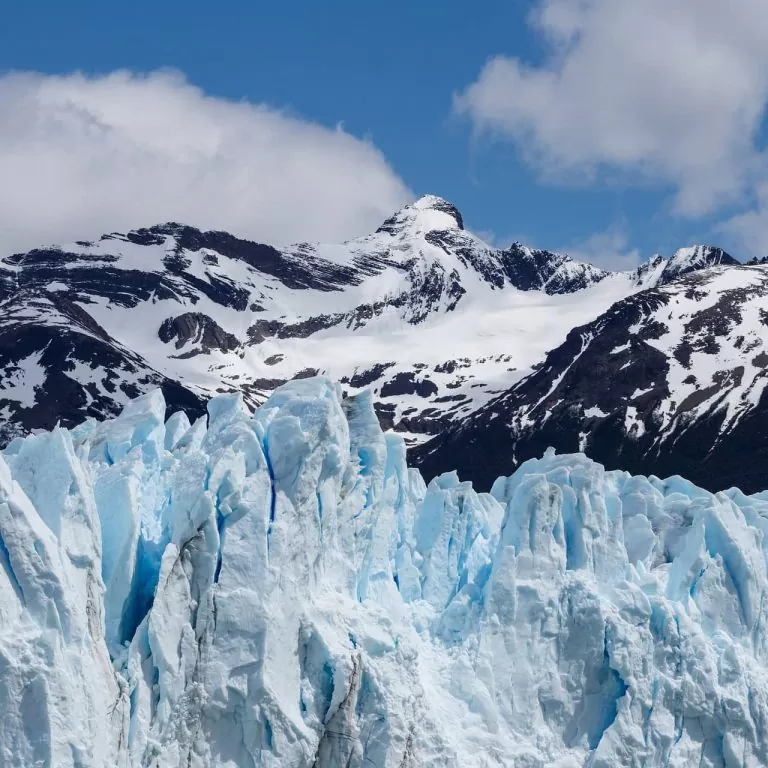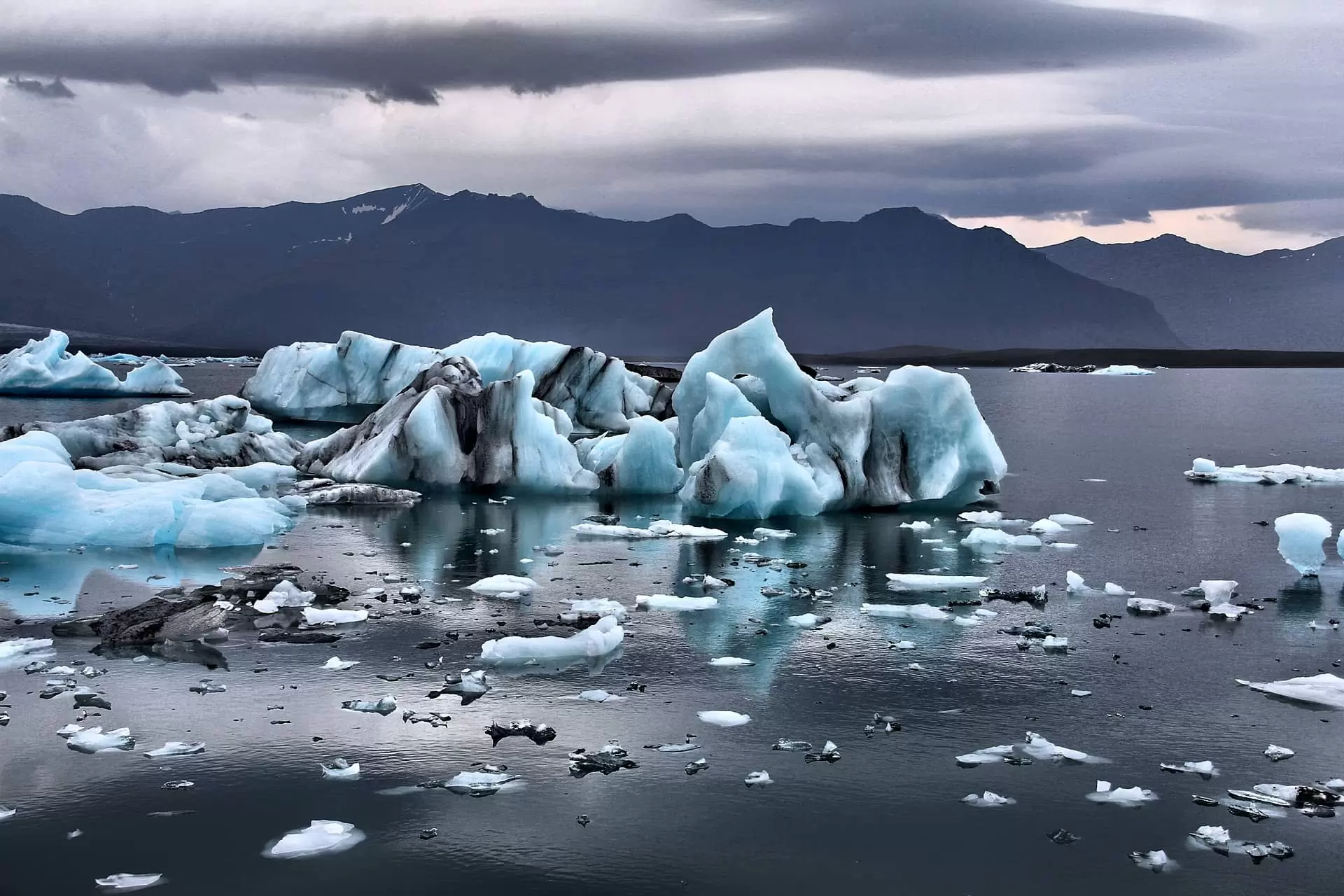
News Capturing ice through time-lapse – part 2
We began the first part of our capturing ice through time-lapse blog by focussing on detailed time-lapse studies of ice melting.
In part two we turn our attention to ice melting on a larger scale. In this blog, we have picked out a selection of time-lapse videos that show a more serious side to capturing the different states of water and ice for natural history, scientific and research purposes.

Natural History Time-Lapse
Natural History programmes often rely on time-lapse to visually show subtle changes. In the BBC series Frozen Planet, there is dramatic time-lapse footage of the formation of an underwater icicle – a brinicle (or “finger of death”). As the icy sheath rapidly grows and extends, time-lapse footage uncovers the destruction it brings to the ocean floor. It freezes everything in its path, including starfish and urchins as it forms a web of ice over the seabed.
Whilst an Artic Melt time-lapse is featured in the BBC’s Nature’s Great Events: The Great Melt to visually illustrate the speed of the thaw and the gravity of the situation as glaciers and ice caps disappear.
Use of Time-Lapse in Scientific Research
Time-lapse is also used extensively for scientific research purposes, be it from space or the ground.
Time-lapse from Space
Capture taken in space is useful for providing a comprehensive perspective of Earth. Scientists studying changes to our planet find this mode of photography to be an effective way of presenting their research.
The Landsat Program is a series of Earth-observing satellite missions jointly managed by NASA and the U.S. Geological Survey. The Landsat Earth Observing Mission uses satellites orbiting the Earth to take time-lapse photography spanning nearly 50 years, providing scientists with new insights into how the planet’s frozen regions are changing. Through time-lapse videos of Earth’s glaciers and ice sheets as seen from space, we can see glaciers retreating across the surface of the world due to climate change. A time-lapse video animation released by NASA reveals the depleting Arctic Ice Cap.
We can also see glaciers disappearing (as well as see cities grow) as part of the Google Project – a multi decade animated time-lapse of the earth. Through time-lapse footage from Google Earth, we are also able to watch melting glaciers.
Ground-based scientific time-lapse
Time-lapse photography has been used extensively on the ground by the Extreme Ice Survey. Founded by photographer James Balog, EIS is the most wide-ranging glacier study ever conducted using ground-based, real-time photography. EIS uses time-lapse photography to document the rapid changes now occurring on the Earth’s glacial ice. The team has installed time-lapse cameras at sites ranging from Greenland, Iceland, Alaska, the Rocky Mountains to South Georgia. Using time-lapse techniques in freezing sub-zero temperatures, James Balog and his team have edited months and years of footage into seconds to visually highlight how ice is rapidly depleting from our planet. This is documented effectively in 350 days in the life of the retreating Mendenhall glacier near Juneau, Alaska.
There are plenty of other time-lapse cameras capturing ice melt for scientific purposes, such as this sequence taken from a camera on Mount Herodier overlooking Eclipse Sound in Canada’s Arctic. The short-term Spring capture is part of a project run by Professor Dany Dumont from the University of Québec and Rimouski, ISMER, with support from Oceans North Canada.
Why use time-lapse
These videos show the importance of time-lapse in scientific research, and how effectively it visually translates complex information that has been captured over decades. By speeding up and manipulating time, the time-lapse technique emphasises changes to dramatic effect. Time-lapse captures the melting of ice and by editing different stages together it can reveal in just a short video how rapidly ice is disappearing from the planet.